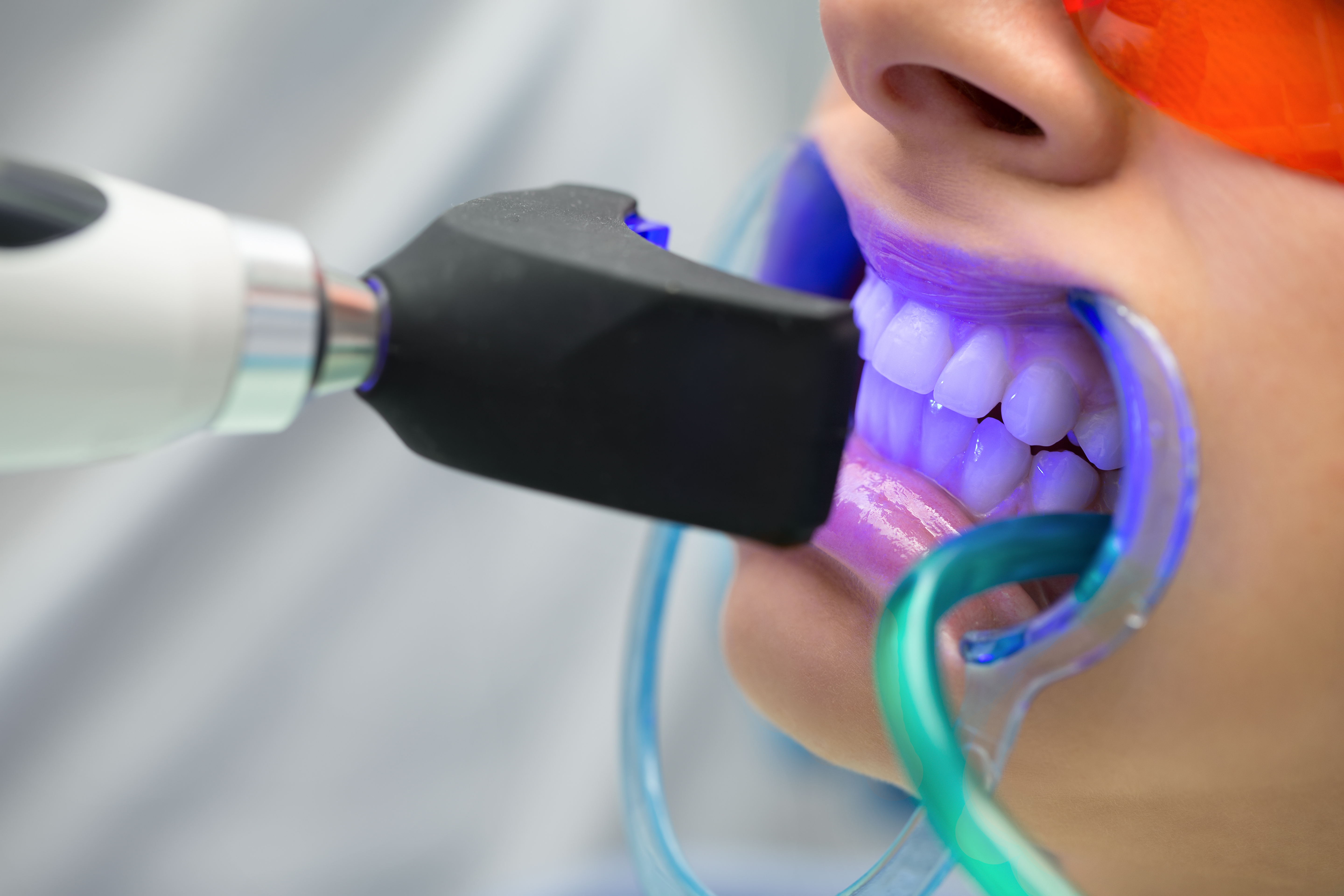Maintaining good oral health is essential for a bright and confident smile. One of the most common dental problems people face is tooth decay, which can lead to cavities and other oral health issues. However, with the right knowledge and proactive measures, you can significantly reduce the risk of tooth decay and maintain a healthy smile.
In this comprehensive guide, we will explore the various strategies and techniques to prevent tooth decay and promote optimal oral hygiene. From mastering proper brushing techniques to understanding the role of diet and regular dental check-ups, we will cover it all. So, let's dive in and discover the secrets to a cavity-free smile.
1. Mastering the Art of Brushing
The foundation of good oral hygiene lies in proper brushing techniques. Brushing your teeth not only helps to remove plaque and food particles but also prevents the buildup of harmful bacteria. To effectively combat tooth decay, it is crucial to master the art of brushing.
A Step-by-Step Guide to Proper Brushing
1. Choose the right toothbrush: Opt for a soft-bristled toothbrush that can effectively clean your teeth without causing damage to the enamel or gums.
2. Use fluoride toothpaste: Fluoride is known for its protective properties that strengthen tooth enamel. Apply a pea-sized amount of fluoride toothpaste to your brush.
3. Position your toothbrush: Hold your toothbrush at a 45-degree angle towards the gum line.
4. Brush gently and thoroughly: Use gentle, circular motions to clean the outer and inner surfaces of your teeth. Pay special attention to the back teeth and areas that are often neglected.
5. Don't forget your tongue: Brushing your tongue helps to remove bacteria and freshens your breath.
6. Brush for at least two minutes: Ensure that you brush your teeth for a minimum of two minutes, twice a day.

How Often Should You Brush Your Teeth To Prevent Tooth Decay?
Brushing your teeth twice a day is crucial to maintain good oral hygiene and prevent tooth decay. It is best to brush your teeth once in the morning and once before bed. However, if you consume sugary or acidic foods throughout the day, it may be beneficial to brush your teeth after those meals as well.
2. Flossing Facts for a Decay-Free Smile
While brushing is essential, flossing should not be overlooked. Flossing helps to remove plaque and food particles from between the teeth and along the gum line, areas that are often missed by brushing alone.
Tips for Proper Flossing
- Choose the right floss: There are various types of dental floss available, including waxed and unwaxed floss. Choose one that feels comfortable and effectively cleans between your teeth.
- Use enough floss: Take approximately 18 inches of floss and wind it around your middle fingers, leaving a few inches of floss between your hands.
- Slide the floss gently: Insert the floss between your teeth using a gentle back-and-forth motion. Be careful not to snap the floss against your gums.
- Curve the floss: Curve the floss around each tooth, sliding it up and down to remove plaque and debris.
- Use a clean section of floss: As you move from tooth to tooth, unwind the used floss and wind the clean section around your fingers.
- Rinse your mouth: After flossing, rinse your mouth thoroughly to remove any remaining debris.
By incorporating regular flossing into your oral hygiene routine, you can significantly reduce the risk of tooth decay and gum disease.
3. The Lowdown on Diet and Decay
Your diet plays a crucial role in maintaining optimal oral health. Certain foods and beverages, particularly those high in sugar and acidity, can contribute to tooth decay. Understanding the connection between diet choices and dental health is key to preventing decay.
The Impact of Sugar and Acidity
Sugar is a primary contributor to tooth decay. When you consume sugary foods or drinks, the bacteria in your mouth feed on the sugar and produce acids. These acids attack the tooth enamel, leading to decay over time.
Acidic foods and beverages, such as citrus fruits and carbonated drinks, can also erode tooth enamel, making the teeth more susceptible to decay.
Tooth-Friendly Alternatives and Nutritional Tips
While it may be challenging to completely eliminate sugar and acidity from your diet, making smart choices can significantly reduce the risk of tooth decay. Here are some tooth-friendly alternatives and nutritional tips to consider:
- Limit sugary and acidic foods: Reduce your consumption of sugary snacks, sodas, and acidic fruits. Opt for healthier alternatives such as fresh fruits, vegetables, and unsweetened beverages.
- Choose tooth-friendly snacks: Snack on foods that promote oral health, such as cheese, yoghurt, nuts, and raw vegetables.
- Drink water after meals: Drinking water after eating helps to rinse away food particles and neutralise acids in your mouth.
- Maintain a balanced diet: Ensure that your meals include a variety of nutrients, including calcium, phosphorus, and vitamins A and D, which are essential for strong teeth and gums.
By making informed dietary choices and incorporating tooth-friendly alternatives into your meals, you can effectively reduce the risk of tooth decay and promote optimal oral health.

4. Get Regular Dental Check-ups
While maintaining good oral hygiene at home is crucial, regular dental check-ups are equally important. Professional dental cleanings and check-ups can help detect and address tooth decay at an early stage, preventing further damage.
The Importance of Routine Dental Check-ups
During a dental check-up, your dentist will thoroughly examine your teeth and gums, looking for signs of decay or other oral health issues. They will also perform a professional cleaning to remove plaque and tartar buildup, which can contribute to tooth decay.
Regular dental check-ups allow your dentist to identify and treat tooth decay before it progresses, saving you from potential pain, discomfort, and costly dental procedures.
Frequency of Dental Check-ups
It is generally recommended to visit your dentist every six months for a routine check-up and cleaning. However, your dentist may suggest more frequent visits if you have a history of dental issues or are at a higher risk of tooth decay.
By prioritising routine dental check-ups, you can stay one step ahead of tooth decay and ensure optimal oral health.
5. The Protective Powers of Fluoride
Fluoride is a naturally occurring mineral that plays a vital role in preventing tooth decay. It strengthens tooth enamel, making it more resistant to acid attacks and decay-causing bacteria.
Fluoride can be obtained from various sources, including dental products and community water fluoridation. Incorporating fluoride into your oral hygiene routine can provide significant protection against tooth decay.
Dental Products With Fluoride
Using toothpaste and mouthwash that contain fluoride is an effective way to introduce this mineral into your oral care routine.
By incorporating fluoride into your oral care routine, whether through dental products or community water fluoridation, you can strengthen your teeth and reduce the risk of tooth decay.
Protect Your Healthy Smile
Maintaining optimal oral health and preventing tooth decay requires a proactive approach. By mastering proper brushing techniques, flossing diligently, making smart dietary choices, prioritising regular dental check-ups, and incorporating fluoride into your oral care routine, you can significantly reduce the risk of tooth decay and maintain a cavity-free smile.
Remember, consistency is key. Implementing these strategies consistently and seeking professional dental care when necessary will help you achieve and maintain optimal oral health. So, take charge of your dental health, follow these tips, and smile confidently with a decay-resistant smile.

At Mulgrave Dental Group, we’re here to provide the gentle, personalised care you deserve. We’re passionate about helping you maintain a beautiful, healthy smile. Whether it’s a routine check-up or a smile enhancing treatment, book your appointment today and experience the difference of a dentist who truly cares.
Smile Makeover Client
Your Healthier Smile Awaits
Whether you're looking to improve your dental health or enhance your smile, we're here to help. Book an appointment with Mulgrave Dental Group today!
Book Now


